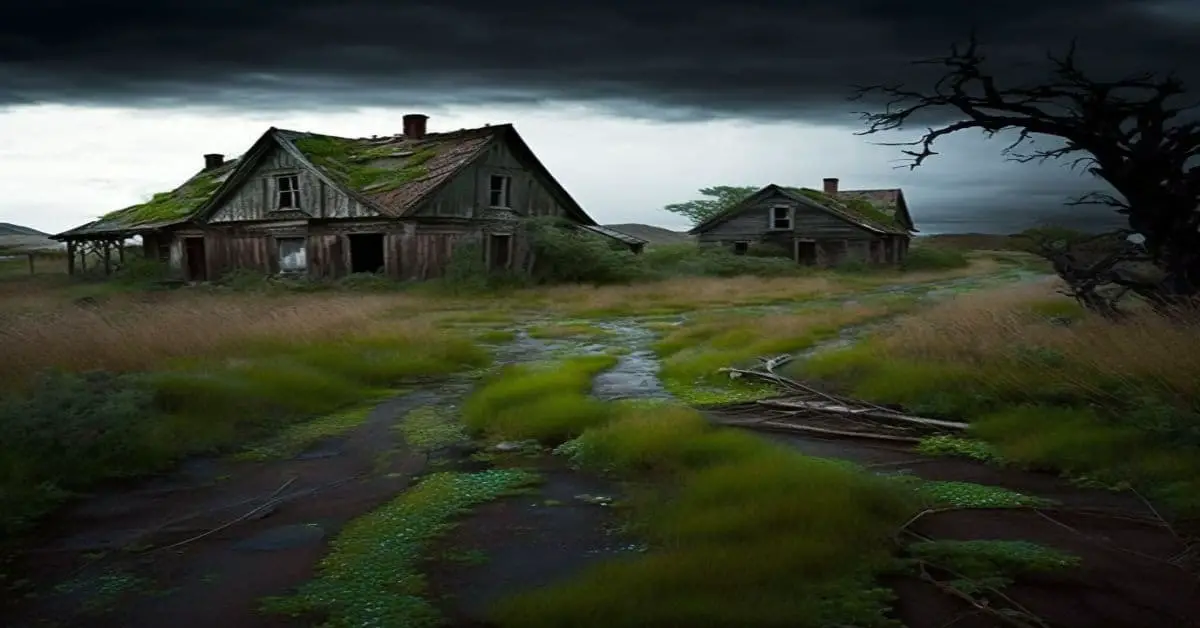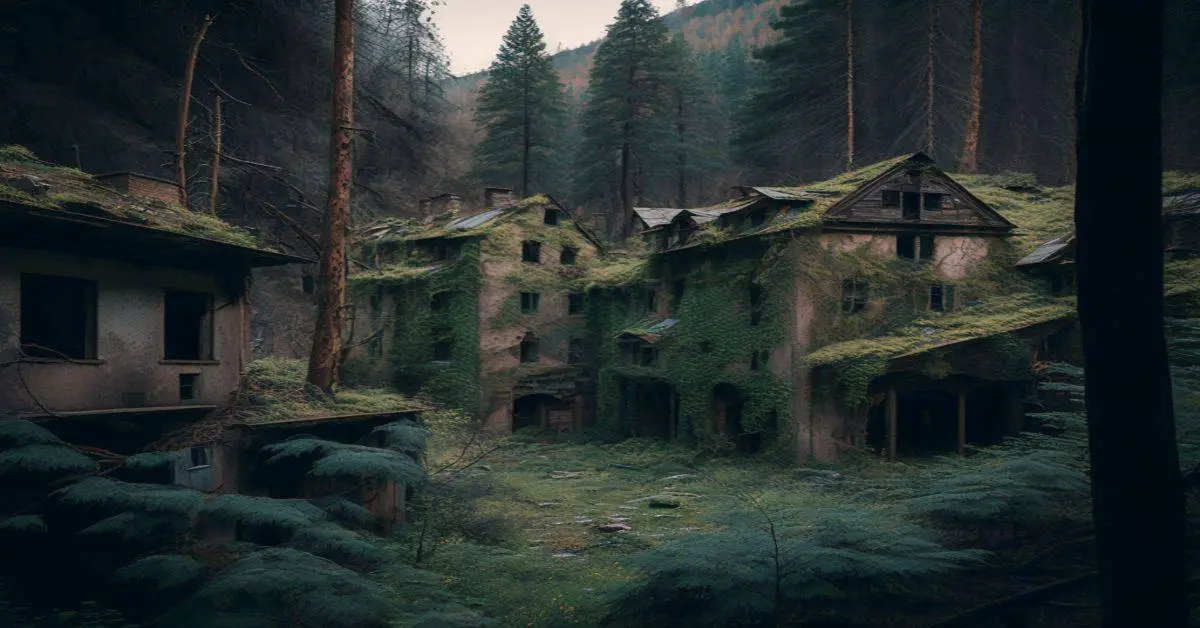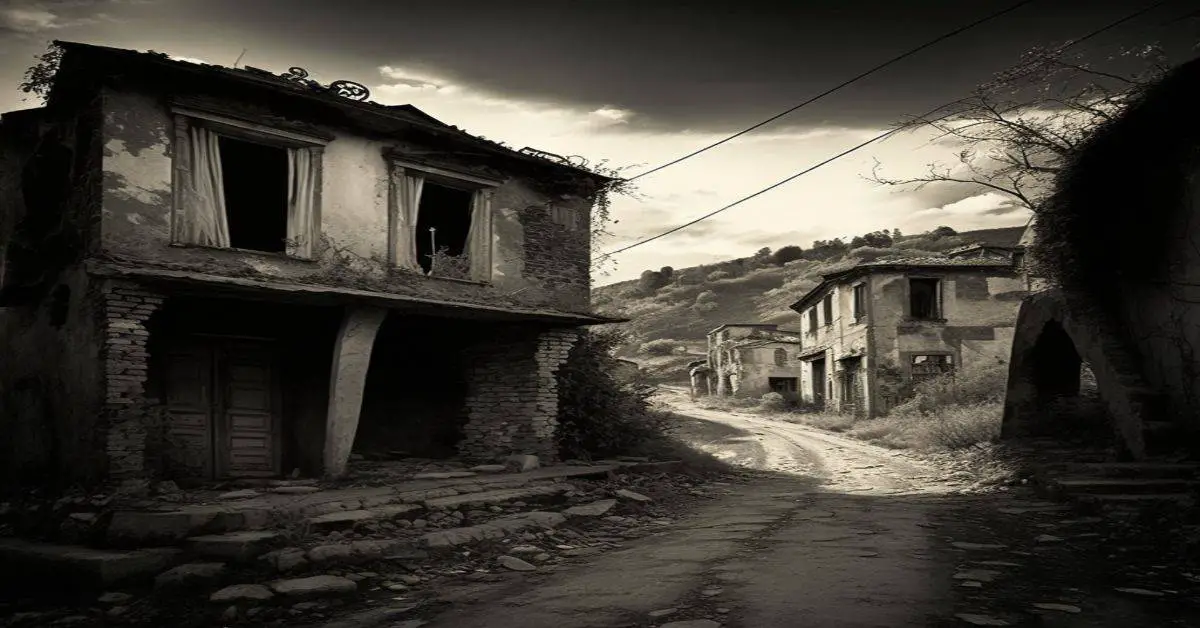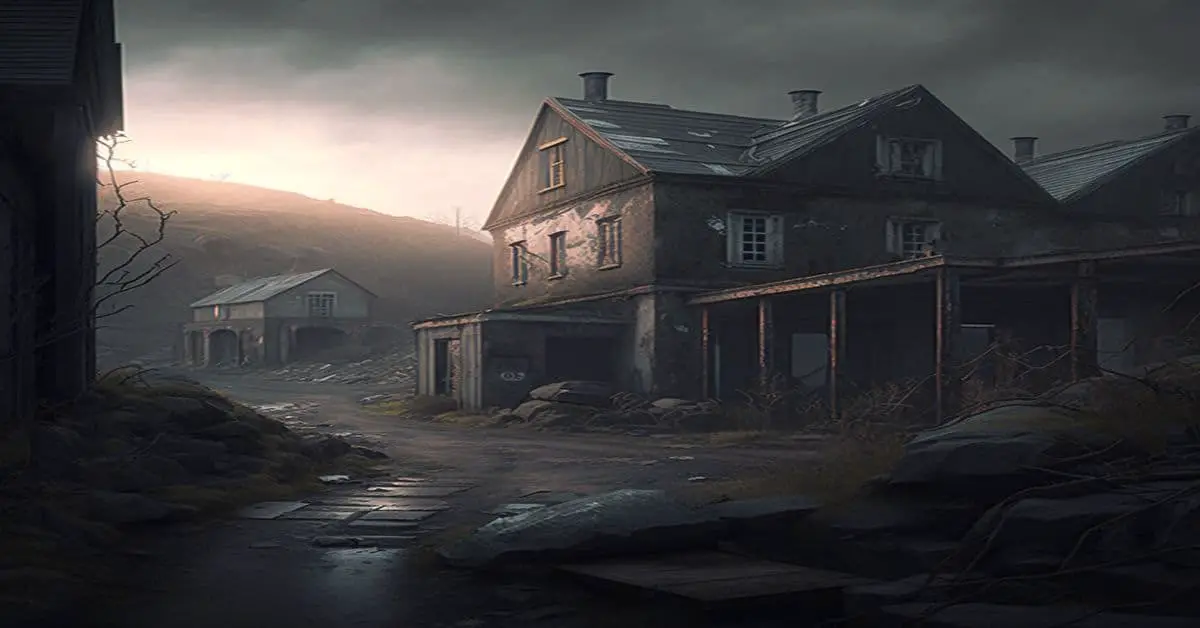Ghost towns are abandoned settlements that once thrived but eventually declined and were deserted. These towns can be found all over the world, and their abandonment is often due to a variety of reasons, such as economic shifts, natural or human-caused disasters, and changes in access to resources.
This article will explore the various reasons why ghost towns become abandoned and provide a glimpse into the fascinating history of these deserted places.
Economic Activity Decline
One of the primary reasons why ghost towns are abandoned is the failure or decline of the economic activity that supported them. When the source of income and employment disappears, people are often forced to leave in search of new opportunities elsewhere. This can happen for a variety of reasons:
Resource Exhaustion
Many ghost towns were once mining towns or mill towns that were established to tap into abundant natural resources such as gold, coal, or timber. When these resources were exhausted, the mines and mills closed, leaving the towns without their primary source of income and employment.
Examples of such towns include Goldfield, Nevada, and Bodie, California, both of which were once thriving gold mining communities but were abandoned when the gold ran out.
Boom and Bust Cycles
Some ghost towns were once booming settlements that grew rapidly due to a particular economic activity, such as the discovery of a valuable natural resource. These towns, also known as boomtowns, often experienced a rapid decline when the resource was depleted or the resource economy underwent a “bust,” such as a catastrophic collapse in resource prices.
Examples of boom-and-bust ghost towns include Silver City, Idaho, which was established during a gold rush but was abandoned when the gold was exhausted, and Texon, Texas, a town that was deserted when its oil wells ran dry.
Changes in Access
Ghost towns can also be created when changes in access to transportation and resources lead to the decline of a town’s economic activity. For example, historic Route 66 in the United States encountered many changes during its lifetime, with new interstate highways being built that bypassed or closed old roads.
Towns that depended on traffic from these roads for their livelihood were often abandoned when the roads were no longer used. Similarly, the construction of dams and the rerouting of railroads have led to the abandonment of many towns, as access to resources and transportation became limited or nonexistent.
Natural and Human-Caused Disasters
Natural and human-caused disasters can lead to the abandonment of towns and settlements. Some examples of disasters that have created ghost towns include:
Flooding
Repeated flooding can cause significant damage to towns, making them uninhabitable and ultimately leading to their abandonment. For example, the town of Pattonsburg, Missouri, was abandoned after being flooded more than 30 times since its founding in 1845. Similarly, the construction of dams has led to the flooding of previously occupied lands, resulting in the creation of ghost towns.
Fires
Fires can also lead to the abandonment of towns, as was the case with Centralia, Pennsylvania. In 1962, a mine fire began burning beneath the town and has continued to burn ever since, making the area unsafe for habitation. As a result, the town was abandoned in 1984.
Nuclear Disasters
Nuclear disasters, such as the Chernobyl disaster in 1986, have led to the abandonment of numerous towns and cities due to the dangerous levels of radiation released into the environment. Hundreds of towns and villages in Ukraine, Belarus, and Japan have been evacuated and remain deserted to this day due to nuclear contamination.
Wars and Massacres
Wars and massacres have also led to the abandonment of towns and settlements. For example, during World War II, the French village of Oradour-sur-Glane was destroyed, and its inhabitants massacred by German troops. The town was never rebuilt, and the ruins have been preserved as a memorial to the victims.
Government Actions and Exclusion Zones
Some ghost towns are created when the government expropriates or seizes land, and residents are forced to relocate. This can happen for a variety of reasons, such as the construction of military facilities, the establishment of exclusion zones due to natural or man-made disasters, or even the relocation of an entire town to a more suitable location.
Examples include the town of Tyneham in Dorset, England, which was abandoned during World War II to make way for an artillery range; and the towns around the Chernobyl nuclear power plant, which were evacuated and remain uninhabited due to the high levels of radiation in the area.
Ghost Town Tourism and Revitalization
While many ghost towns remain abandoned and forgotten, some have been given a second life through tourism and revitalization efforts. These towns often preserve their historic architecture and provide visitors with a glimpse into the past. Some examples of ghost towns that have become tourist attractions include Bannack, Montana; Calico, California; and Oatman, Arizona.
In some cases, ghost towns have even experienced a resurgence in population and economic activity due to heritage tourism, eco-tourism, or the establishment of new industries.
Examples include Walhalla, Victoria, Australia, which was once a gold mining town but has since experienced a resurgence in tourism and development; and Silver City, Idaho, a former mining town that has been revitalized as a tourist destination.
Conclusion
Ghost towns are abandoned settlements that have been deserted for various reasons, including economic decline, natural and human-caused disasters, and government actions. These once-thriving towns serve as fascinating reminders of the past and offer unique glimpses into the lives of the people who once called them home.
While many ghost towns remain abandoned and forgotten, others have been given a second chance through tourism and revitalization efforts, providing a unique opportunity for visitors to step back in time and explore the history of these fascinating places.



